THE M STORY – MOTORSPORT.
MOTORSPORT IS OUR DNA. OUR TRACK RECORD PROVES IT. ON THE NÜRBURGRING NORDSCHLEIFE, AND AROUND THE WORLD. EXPERIENCE IT FOR YOURSELF: OUR MOTORSPORT STORY.
Our DNA - then and now.
5 decades of the BMW M
The people behind the alphabet’s most powerful letter.
> Start here

MOTORSPORT IS OUR DNA. OUR TRACK RECORD PROVES IT. ON THE NÜRBURGRING NORDSCHLEIFE, AND AROUND THE WORLD. EXPERIENCE IT FOR YOURSELF: OUR MOTORSPORT STORY.


MOTORSPORT IS OUR DNA, THE NÜRBURGRING OUR TESTING GROUND. RACING SUCCESSES, RECORDS AND M CARS ARE PROOF OF THIS. EXPERIENCE IT ALL FOR YOURSELF. WHERE? ON THE NORDSCHLEIFE - WHERE ELSE?…


MOTORSPORT IS OUR DNA. OUR DRIVING FORCE IS THE PEOPLE BEHIND THE MOST POWERFUL LETTER IN THE WORLD. TAKE A LOOK AT THE PERSONALITIES FROM THE PAST 50 YEARS…